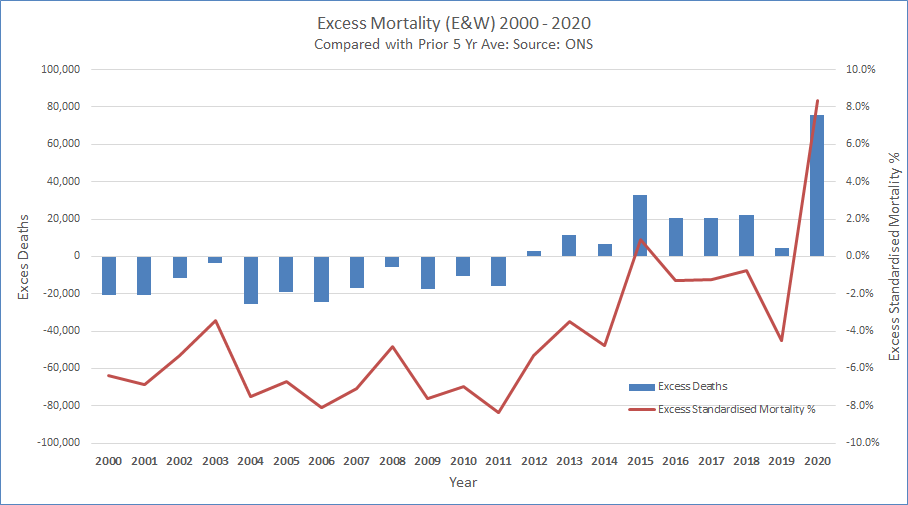
Good news all round in this week's ONS infectivity survey. All four nations are showing falls averaging around 20%.
Starting with England, the modelled level has fallen from 1.55% to 1.28%, or just under 700k people (1 in 80).
Wales falls from 1.40% to 1.16% (1 in 80)
1/6
Starting with England, the modelled level has fallen from 1.55% to 1.28%, or just under 700k people (1 in 80).
Wales falls from 1.40% to 1.16% (1 in 80)
1/6

Northern Ireland falls from 1.56% to 1.33% (1 in 75), whilst Scotland, which has been the most stable of the four nations, falls from 0.88% to 0.67% (1 in 150).
2/6
2/6

Regionally in England, London is continuing to fall fastest. Most areas continue to fall, with the SE now the lowest region - a contrast with a few weeks ago.
The direction in the SW is less clear however.
3/6
The direction in the SW is less clear however.
3/6

By age, falls at all ages, greater in the younger age groups where prevalence was higher.
It is slightly curious though how all the modelled estimates are lower than the 1.28% for England in totality.
4/6
It is slightly curious though how all the modelled estimates are lower than the 1.28% for England in totality.
4/6

We've heard how the Kent variant has taken over as the most dominant, and this analysis confirms that, with nearly 90% of identifiable cases in England being of the new variant.
5/6
5/6

With 6 Nations Rugby back on our screens, it's great to see some results where every country can be winning!
Thanks to all at @ONS and partner organisations for this continuing extensive random sampling exercise in the community.
6/6 END
Thanks to all at @ONS and partner organisations for this continuing extensive random sampling exercise in the community.
6/6 END
• • •
Missing some Tweet in this thread? You can try to
force a refresh















